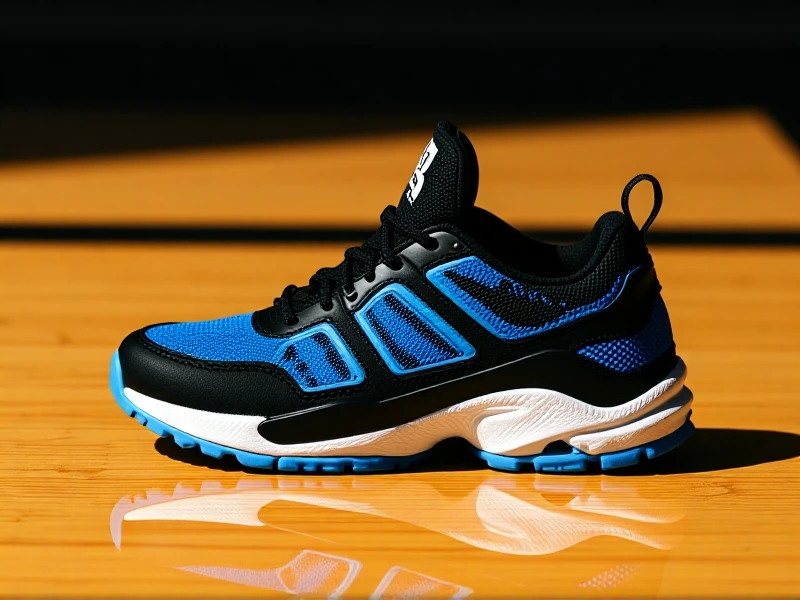
Built to Last: Why Durable Design Wins Customers & Builds Lasting Value
In a world saturated with disposable products, consumers are actively seeking quality and longevity. Enter durable design – more than just a buzzword, it's a fundamental principle that significantly impacts user satisfaction, brand reputation, and ultimately, the bottom line. Durable design isn't about making something merely strong; it's a holistic approach prioritizing resilience, longevity, and ease of maintenance over the entire lifecycle of a product or even a digital interface.
At its core, durable design means selecting materials known for their toughness and wear resistance. High-utility products deserve robust construction – think reinforced corners on luggage, scratch-resistant coatings on smart devices, heavy-gauge steel in appliances, or weatherproof fabrics for outdoor gear. It involves intelligent engineering: strategic reinforcement at stress points, thoughtful seam sealing, sealed bearings in machinery, and robust internal frameworks. The goal is a product that shrugs off daily bumps, wear, and demanding environments without flinching.
This commitment pays substantial dividends. For consumers, durable design translates directly into long-term value. It means fewer replacements, lower lifetime costs, and reduced frustration. The satisfaction of owning something that consistently performs, year after year, fosters immense brand loyalty and positive word-of-mouth. Customers become advocates, sharing stories of products that refused to quit.
Businesses also reap powerful rewards. Strong, reliable products drastically lower warranty claims and customer service burdens associated with premature failures. Building a reputation for durable design enhances brand perception as trustworthy, responsible, and committed to quality. This trust commands premium pricing, as customers willingly pay more for superior longevity and peace of mind. Furthermore, in an era focused on sustainability, durable design is inherently eco-conscious. Extended product life means less waste, reducing demand on resources throughout extraction, manufacturing, and disposal phases. Products built to last minimize their environmental footprint.
Implementing durable design requires a mindful shift. It involves asking: "How can we build this to perform reliably, safely, and effectively not just now, but for years?" It requires scrutinizing material choices, construction methods, finishing treatments, and considering real-world use scenarios aggressively. This might increase initial costs but delivers undeniable advantages. Designing with durability isn't just about robustness; it's about demonstrating respect for the customer's investment, the environment, and building a resilient brand identity founded on excellence and dependability. Choose durable design – build for success that endures.